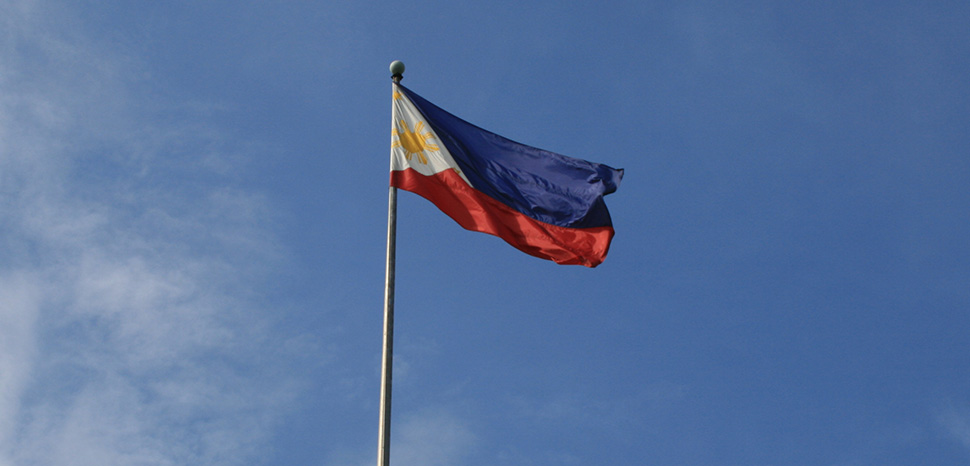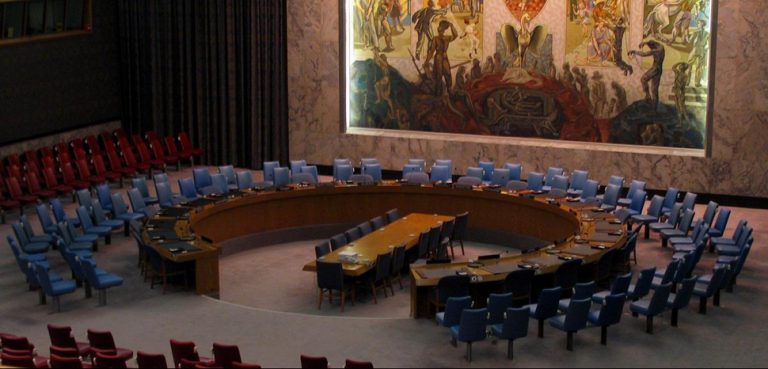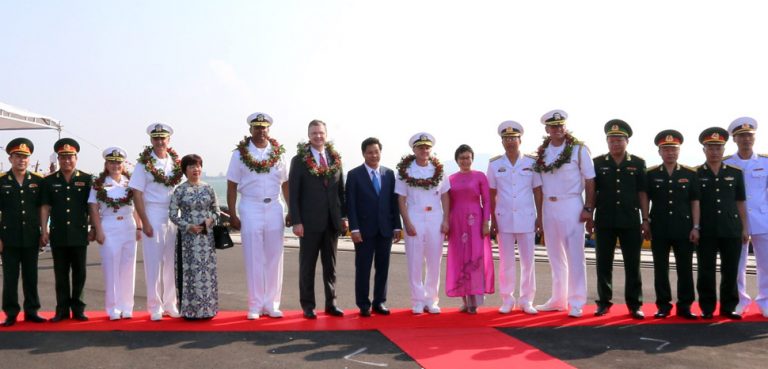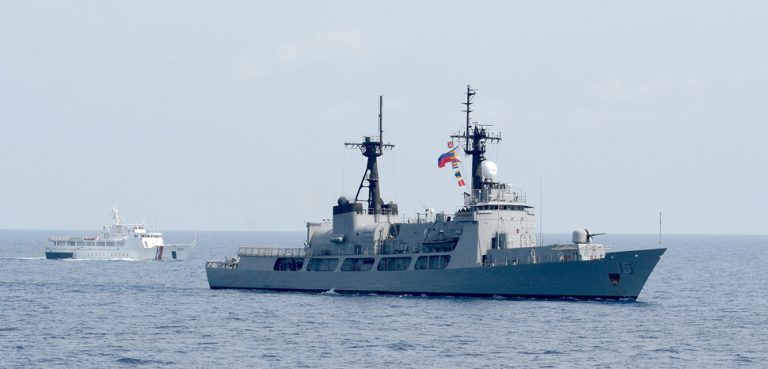In the 2023 Association of the Southeast Asian Nations (ASEAN) Summit in Jakarta, Philippine President Ferdinand Marcos Jr. told his regional counterparts that his government rejects any narrative that frames and reduces its fight for territorial integrity in the South China Sea as a byproduct of great power competition. He asserted the Philippines’ agency, saying that his government is willing to work with all countries to foster a rules-based international order in the South China Sea. He then emphasized that actions and not words should be the ultimate barometer of it.
The decades-long quest for a legally binding Code of Conduct for parties in the South China Sea can be a story of frustration, if not failure, for the Philippines to secure its territorial integrity. This frustration stems from the idea that Manila’s relatively smaller size in material resources vis-a-vis great powers would not generate a strategic effect in maritime space.
However, this conventional view dismisses the latent power underscored in actors’ behavior in the international system. Despite material limitations, the Philippines stealthily rose as a middle power mainly due to its 2016 Arbitral victory against China’s excessive claims. The Hague Centre for Strategic Studies categorized Manila as an “emerging middle power.” Meanwhile, the Lowy Institute’s Asia Power Index scored Manila’s strengths as a middle power on diplomatic influence and defense networks. In its latest National Security 2023-2028 released this August, Manila expressed its intent to be a genuine “middle power in a multi-polar world.”
Of course, the Philippines needs much work to prove middle power preponderance in the long run; it cannot utilize near-obsolete approaches to address its problems. The ASEAN bloc’s membership size and differing priority interests often hampered agreements and are perceived as the stumbling block. The limitations of doing things the ASEAN Way pushed states to tap only neighbors with vested interests in a particular issue. Here, minilateralism is instrumental for the Philippines to optimize its recently gained middle power status.
Simply put, minilateralism is “bringing to the table the smallest possible number of countries needed to have the largest possible impact on solving a particular problem.” Compared to institutionalized multilaterals, these minilaterals are known for their relative exclusivity, institutional flexibility, and functionality. Moreover, they are usually informal, ad-hoc, and non-binding. ASEAN and non-ASEAN states practice minilateralism; it takes the participation of only three or four states. Nevertheless, this is not a fixed number.
Outside institutionalized multilateral arrangements, the Philippines has formed and still is forming flexible minilaterals with ASEAN member and non-member states. In Southeast Asia, minilateralism has long been a practice to foster defense and economic cooperation. Examples include the 1994 Brunei-Indonesia-Malaysia-Philippines East ASEAN Growth Area (BIMP-EAGA), Malacca Straits Patrol (MSP) between Indonesia, Malaysia, Singapore, and Thailand, and the Trilateral Cooperative Arrangement (TCA) of Indonesia, Malaysia, and the Philippines. Manila is also exploring quadrilateral engagements with the United States, Japan, and Australia. In this case, Manila can use its existing ASEAN network to develop effective solutions and tangible results in the South China Sea.
There are challenges that the Philippines must overcome to boost its role in minilaterals.
First, it should iron a consistent narrative that its push for minilateralism creatively augments ASEAN Centrality rather than diminishes it. While current minilaterals do not challenge larger groupings, Manila must stress that participation in sub-groups would not complicate relations with the rest of the ASEAN. The long-term goal should be to strengthen ASEAN as a whole, not in pieces. Managing ASEAN in sub-groups will be a much more complicated task in the long run. Therefore, there must be a conscious effort to utilize minilateral arrangements as complementary to a more comprehensive multilateral setup.
Second, Manila must maintain that while the Philippines is a treaty ally of the US, it does not mean that its options are narrow. If anything, Washington’s Free and Open Indo-Pacific Strategy endorses ASEAN Centrality and favors regional proactivity where everyone can uphold the rules-based order. Meanwhile, minilateral approaches provide opportunities to pitch ASEAN-based approaches to common security concerns to other prospective partners in the Indo-Pacific region, such as the Pacific Island countries.
Third, if minilateralism becomes a format for cooperation in the South China Sea, the Philippines must be able to assert a leadership role in its geopolitical backyard. With peaceful resolutions as its primary goal, it must convince other claimant states that minilateral arrangements are a viable option that can secure the waters from illegal and aggressive actions.
Lastly, minilateralism in maritime security would only be credible with credible defense capabilities. Manila should emphasize less on procuring “flashy” platforms and more on capability–the ecosystem of completing a task under a preferred level of performance using specified platforms. For example, acquiring, arming, and maintaining diesel-electric submarines might be too costly for the Philippines’ struggling post-COVID-19 defense budget in the short to medium term for deterrence. Meanwhile, the multirole fighter acquisition project is caught between short-term and long-term defense considerations as it shortlists Swedish and American bids. Fortunately, Philippine Defence Secretary Gilberto Teodoro Jr. said the Marcos Jr. government is currently re-strategizing the country’s defense modernization, which aims toward interoperability and “not one that is just for show.” A capability-based approach, in other words, will allow the Philippines to adequately employ its force in minilateral activities to get the job done and build trust among partners.
The Philippines possesses diplomatic, defense, and economic leverages. Minilateralism can be a way forward as it offers platforms for projecting leadership roles and promoting neighborly cooperation. Therefore, Manila must act on its strategic position and seize the moment as a middle power.




